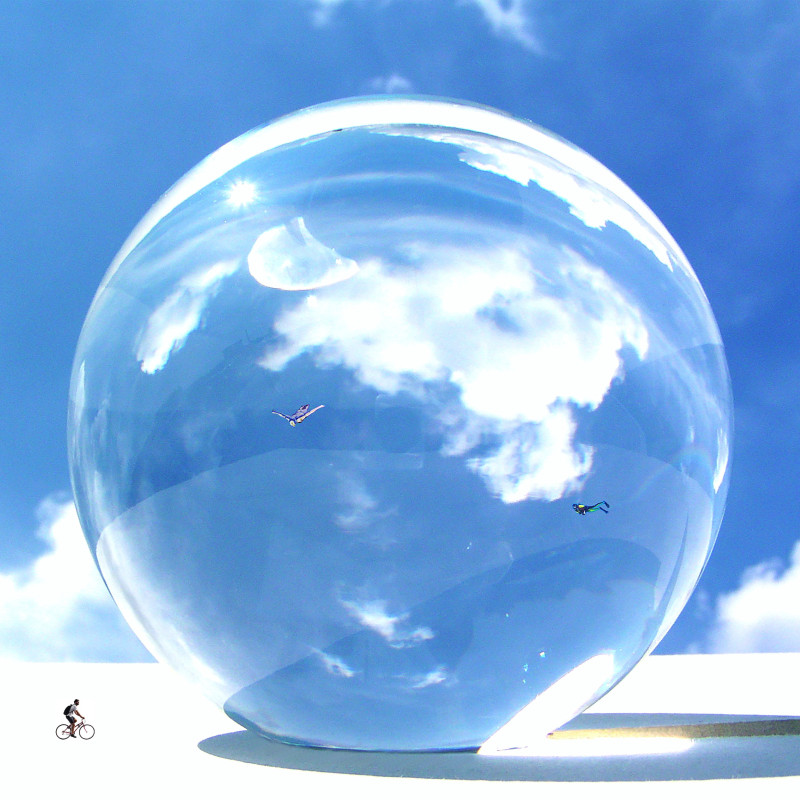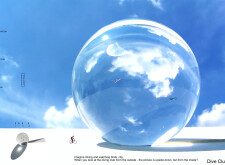5 key facts about this project
## Project Overview
The Dive Club is designed as a recreational aquatic facility focused on integrating social interaction with the aquatic environment. Located within a context that encourages engagement with nature, the facility features a distinct spherical form that invites users to reconsider conventional views of diving, depicting it as both a sport and a means of connecting with the natural world. The intent of the project is to create an immersive space that promotes exploration and community interaction.
### Spatial Strategy
The internal arrangement of the Dive Club is characterized by an organic flow, reminiscent of water currents, facilitating movement and interaction. Diving platforms are seamlessly integrated into the spherical design, providing users with direct access to the water. Transparent walls enhance visibility, allowing visitors to observe underwater activities and engage with their surroundings. Observational areas are strategically placed to maximize the immersive experience, offering panoramic views of both the aquatic environment and the sky above.
### Materiality and Sustainability
The project employs a thoughtful selection of materials that underscore its aquatic theme while emphasizing transparency and lightness. The use of glass for the spherical structure establishes a continuous connection between the interior and the exterior, fostering an immersive visual experience. Concrete serves as a stable base, juxtaposing the delicacy of glass. Additionally, metal elements enhance structural integrity, contributing to the facility's modern aesthetic. Sustainable design practices have been incorporated to promote environmental awareness, reflecting a growing trend in architecture that harmonizes functionality with ecological consideration.



















































